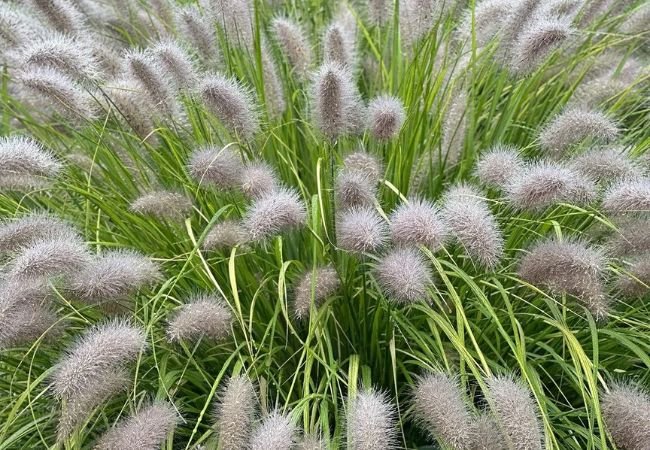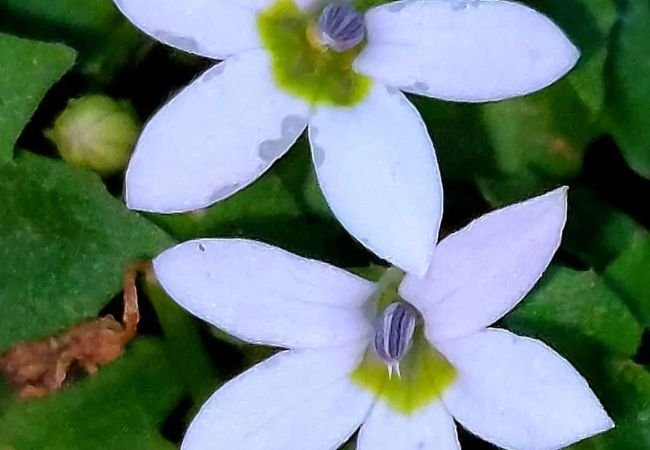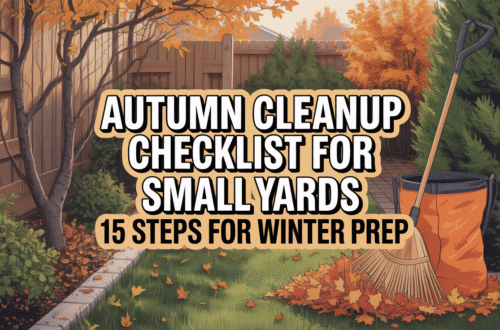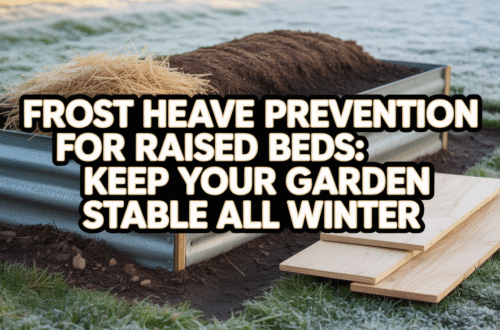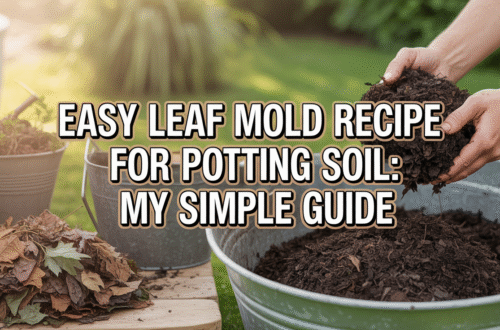Learn everything about maiden grass, including how to grow, care for and utilize this elegant ornamental plant. Discover tips for maintaining its beauty and incorporating it into your landscape.
Maiden grass, also known as Miscanthus sinensis, is a popular ornamental grass that can add beauty and texture to your garden. It’s loved for its graceful, arching leaves and feathery flower heads. In this guide, we’ll explore everything you need to know about growing and caring for maiden grass, from planting to maintenance.
Here’s a chart with detailed information on Maiden Grass:
| Category | Information |
|---|---|
| Botanical Name | Miscanthus sinensis |
| Common Name | Maiden Grass |
| Plant Type | Ornamental Grass |
| Hardiness Zone | 5-9 |
| Sun Exposure | Full Sun to Partial Shade |
| Soil Type | Well-drained, Moist |
| Watering | Moderate, Drought Tolerant Once Established |
| Growth Habit | Clumping, Upright |
| Height/Spread | 3-12 feet tall / 3-6 feet wide |
| Special Features | Drought Tolerant, Deer Resistant, Attractive Seed Heads, Fall Color |
What is Maiden Grass?
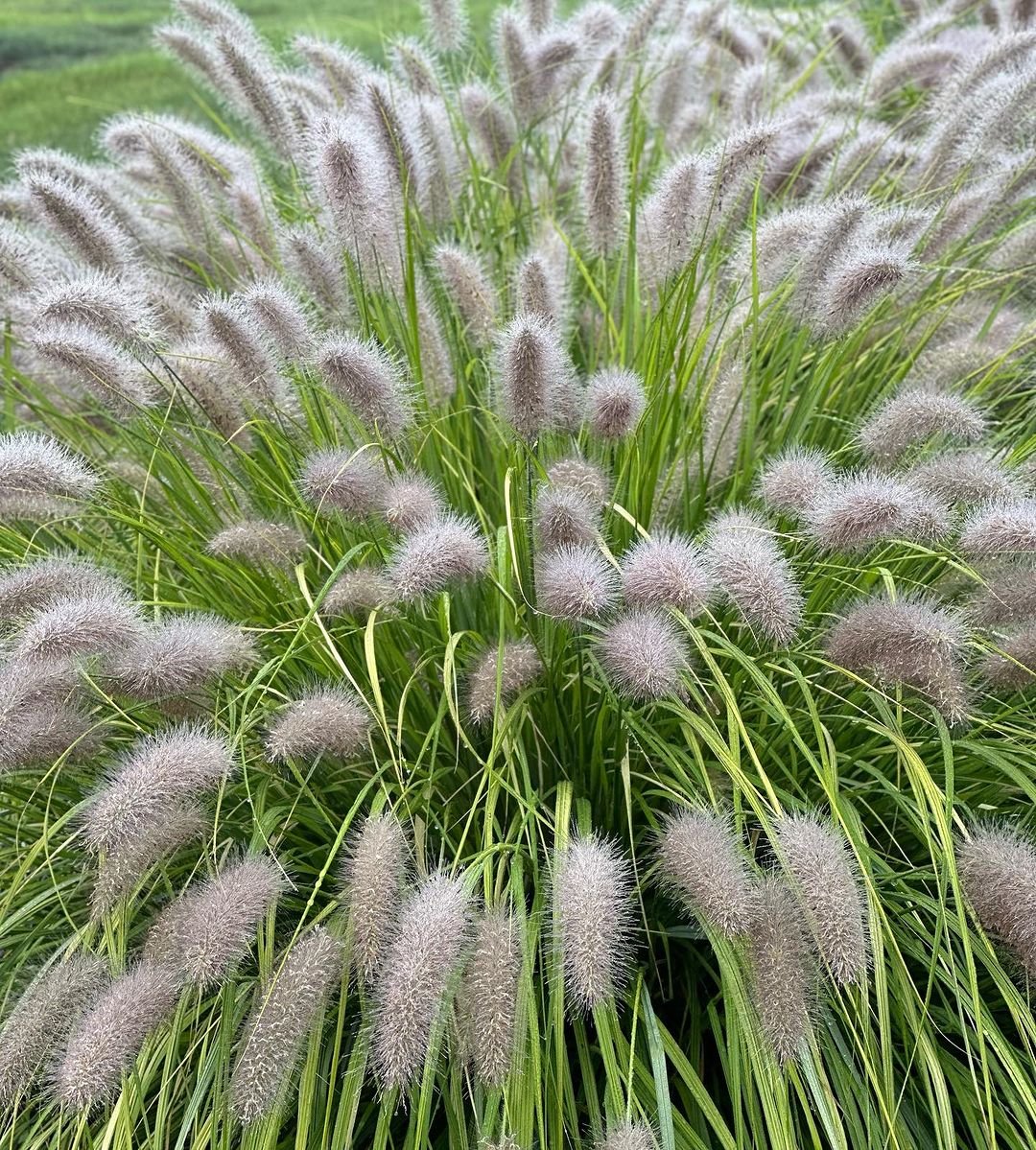
Maiden grass is a type of ornamental grass native to East Asia. It is widely grown in gardens and landscapes for its attractive foliage and elegant appearance. The plant produces tall, graceful stems that sway gently in the breeze, making it a favorite among gardeners.
Key Features of Maiden Grass
- Height: Maiden grass typically grows between 4 to 6 feet tall, with some varieties reaching up to 8 feet.
- Foliage: The grass has narrow, arching leaves that are green during the growing season and turn golden or reddish-brown in the fall.
- Flower Heads: In late summer to early fall, maiden grass produces feathery flower heads that add a soft, airy touch to the garden.
How to Plant Maiden Grass
Planting maiden grass is straightforward and can be done in a few easy steps.
Here’s how you can get started:
Choosing the Right Location
Maiden grass thrives in full sun but can also tolerate partial shade. Select a location in your garden that receives at least 4 to 6 hours of sunlight per day. The soil should be well-draining, as maiden grass does not like to sit in wet conditions.
Preparing the Soil
Before planting, prepare the soil by removing weeds and loosening it with a garden fork or tiller. Add organic matter, such as compost, to improve soil fertility and drainage. This will help your maiden grass grow strong and healthy.
Planting Maiden Grass
- Timing: The best time to plant maiden grass is in the spring after the last frost. You can also plant in the fall, but ensure the plant has enough time to establish before winter.
- Spacing: Space plants about 2 to 3 feet apart to allow for their mature size. This will prevent overcrowding and ensure each plant has enough room to grow.
- Planting Depth: Dig a hole that is twice as wide as the root ball and the same depth. Place the plant in the hole, making sure the top of the root ball is level with the soil surface. Backfill the hole with soil and water thoroughly.
Caring for Maiden Grass
Proper care is essential to keep your maiden grass healthy and looking its best.
Here are some tips for maintaining your plants:
Watering
Maiden grass is drought-tolerant once established but needs regular watering during its initial growth period. Water the plants deeply once a week during dry spells. Avoid overwatering, as this can lead to root rot.
Fertilizing
Fertilize maiden grass in early spring with a balanced, all-purpose fertilizer. Follow the manufacturer’s instructions for the correct amount and application. Over-fertilizing can lead to excessive foliage growth and reduced flowering.
Pruning
Pruning maiden grass is important to maintain its shape and remove any dead or damaged foliage. In late winter or early spring, cut back the grass to about 6 inches above the ground. This will encourage new growth and keep the plant looking tidy.
Winter Care
Maiden grass is hardy in most regions but can benefit from a layer of mulch around the base in colder climates. This helps protect the roots from freezing temperatures. Remove the mulch in early spring to allow new growth to emerge.
Common Problems and Solutions
Pests and Diseases
Maiden grass is relatively pest and disease-resistant, but it can sometimes be affected by scale insects or rust. Inspect your plants regularly and treat any infestations with insecticidal soap or fungicide as needed.
Brown Spots
Brown spots on the leaves can be a sign of stress or inadequate watering. Ensure your plants are receiving enough water and check for any signs of disease or pest issues.
Using Maiden Grass in Your Landscape
Maiden grass is versatile and can be used in various ways in your garden:
- Accent Plant: Use maiden grass as an accent plant in garden beds or borders to add texture and movement.
- Screening: Plant it in rows to create a natural screen or privacy barrier.
- Container Gardening: Maiden grass can also be grown in large containers for patios or decks.
Related Resources
For more information on ornamental grasses and garden care,
check out the following resources:
- The Royal Horticultural Society’s Guide to Ornamental Grasses
- American Society of Landscape Architects: Ornamental Grasses
Maiden grass is a beautiful and low-maintenance plant that can enhance any garden with its graceful appearance. By following these simple planting and care tips, you can enjoy the elegance of maiden grass for years to come. Whether used as an accent or a screen, it will bring a touch of natural beauty to your outdoor space.
For more gardening tips and plant care guides, visit usagardenhub.com

